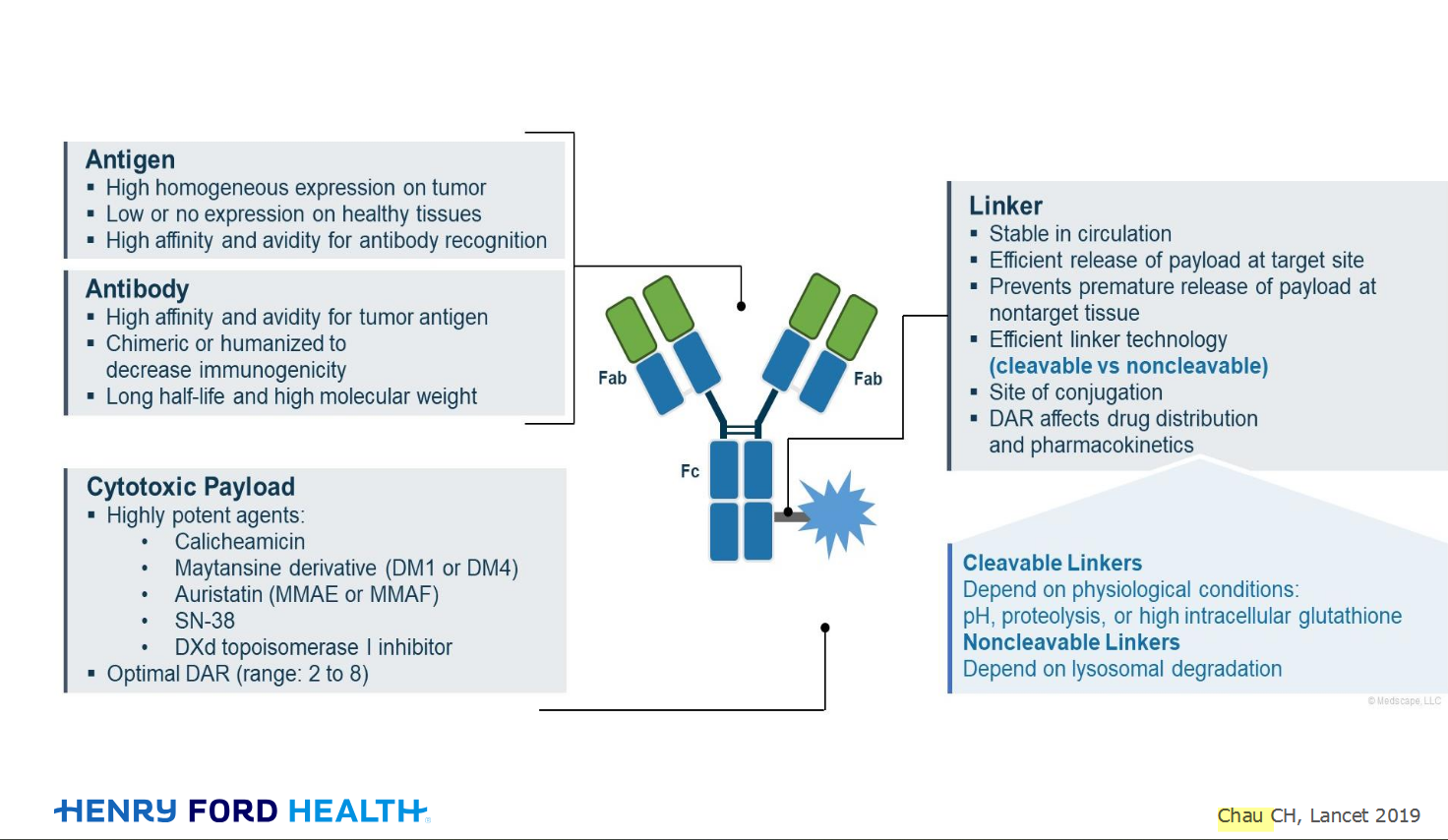Welcome!
Welcome to the new CancerGRACE.org! Explore our fresh look and improved features—take a quick tour to see what’s new.
Completing the analysis of the randomized trial that compared alimta (pemetrexed) and taxotere (docetaxel) in second line treatment of NSCLC (abstract here), which showed nearly identical response rates and survival but a more favorable side effect profile with alimta, another retrospective review of results looked at differences between the arms in older vs. younger patients (abstract here).
Typically, the trial enrolled only a minority of patients 70 and older, who accounted for only 86 of the 571 patients on the study (15%), despite the fact that the median age for patients newly diagnosed with lung cancer in the US is now just over 70. Besides age, they didn't differ significantly in performance status, NSCLC subtype, or other variables from the younger patients. There were also no clear differences between the older patients who were randomized to taxotere vs. alimta.
The trial as a whole showed no differences in efficacy between the two drugs, and that was true for the 85% of patients who were under 70. But in the patients 70 and older, there was a better progression-free survival (PFS) and overall survival (OS) in recipients of alimta:
(Click on images to enlarge)
By the numbers, median PFS in patients 70 and older was 2.9 months with taxotere and 4.6 months with alimta; for OS, the numbers were 7.7 and 9.5 months, respectively. One year survival numbers weren't different, 23.1% vs. 20.4%.
As with the younger patients, the older patients on taxotere experienced more severe neutropenia/low white blood cell counts (29.7% vs. 12.5%) and fevers with neutropenia (18.9% vs. 2.5%, a significant difference), but otherwise the side effects were very similar.
What does this mean? It's an unplanned retrospective analysis of just a small subset of patients, with only 86 older patients, so we can't really call it the definitive word on the matter. But it's important to think about the best way to treat older patients, since they make up a much greater proportion of patients in the "real world" compared with the selected and generally healthier population who enroll on clinical trials. Although the older patients on this trial were not noted to be sicker than younger patients on the study, my interpretation is that there were likely subtle differences in performance status and competing medical problems that made alimta a better choice, by a modest margin. This really corroborates my own clinical experience and that of many other general oncologists as well as lung cancer experts, who have tended to favor alimta overall but especially in older and less robust patients.
Please feel free to offer comments and raise questions in our
discussion forums.
Hi app.92, Welcome to Grace. I'm sorry this is late getting to you. And more sorry your mum is going through this. It's possible this isn't a pancoast tumor even though...
A Brief Tornado. I love the analogy Dr. Antonoff gave us to describe her presentation. I felt it earlier too and am looking forward to going back for deeper dive.
Dr. Singhi's reprise on appropriate treatment, "Right patient, right time, right team".
While Dr. Ryckman described radiation oncology as "the perfect blend of nerd skills and empathy".
I hope any...
My understanding of ADCs is very basic. I plan to study Dr. Rous’ discussion to broaden that understanding.

Here's the webinar on YouTube. It begins with the agenda. Note the link is a playlist, which will be populated with shorts from the webinar on specific topics
An antibody–drug conjugate (ADC) works a bit like a Trojan horse. It has three main components:

Welcome to the new CancerGRACE.org! Explore our fresh look and improved features—take a quick tour to see what’s new.